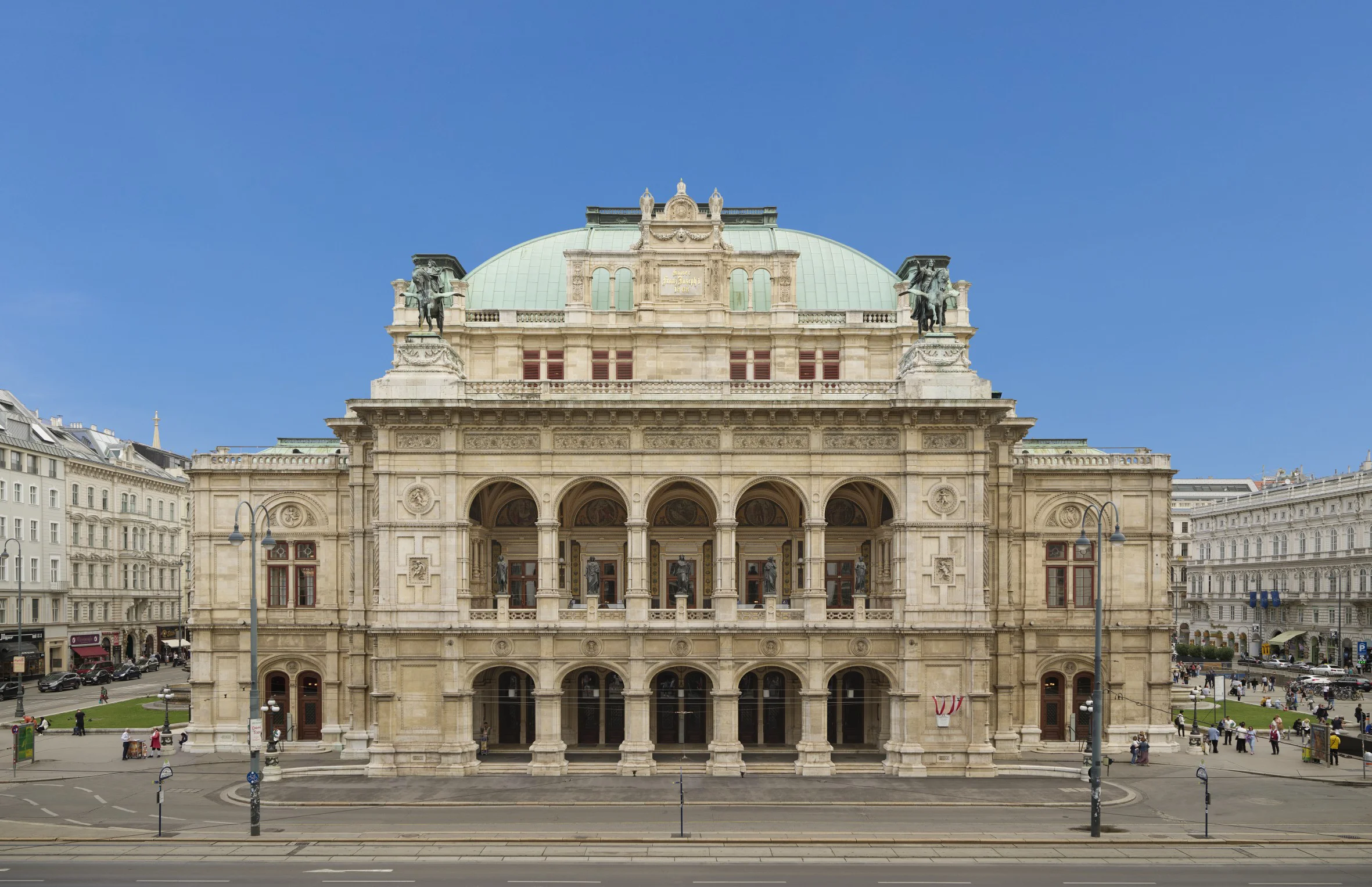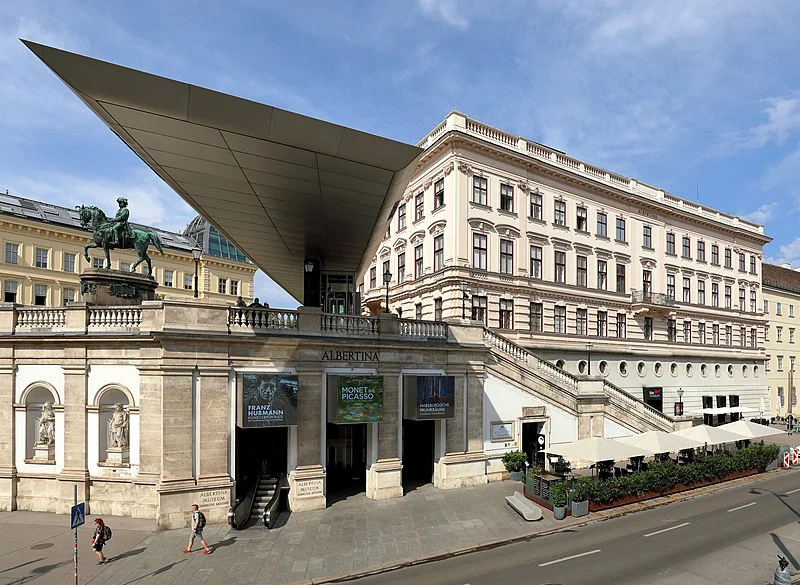The Vienna State Opera – one of the best opera houses in the world
With which opera was the Vienna State Opera ceremoniously opened on May 25, 1869? Who was present? Why was the State Opera House initially referred to as a “sunken box”? What were the names of the two architects of the Vienna State Opera?
In
Vienna has music in the air! The great composers
thegreat composers Beethoven,
Mozart and
Haydn, the
founders of the “Viennese Classicism”. On
May 25, 1869 , after a construction period of
8 years of construction : the
Vienna State Opera was inaugurated with
Mozart’s “Don Giovanni” in the presence of Emperor Franz Josef and his Elisabeth. The two Viennese architects August Sicard von Sicardsburg and Eduard van der Nüll were responsible for the basic plan and the interior decoration.
Neither architect lived to see the opening ceremony. Van der Nüll committed suicide and Sicardsburg succumbed to a stroke a short time later. The Neo-Renaissance style building was initially not much appreciated by the Viennese and was called a “sunken box” . This was due to the fact that the ring road level in front of the opera house was raised by one meter after the start of construction. Gustav Mahler was not only a composer, but also one of the directors of the State Opera, as was Herbert von Karajan, better known as the conductor of the New Year’s Concert . Gustav Mahler fundamentally reformed the performance system around 1900 and created many new structures that are still valid today. This includes, for example, important instructions for the orchestra, stage aesthetics, and admission for latecomers only during the first intermission. During the Second World War , the opera house was ravaged by flames after the city center was bombed. Only the entrance hall with the main staircase, the tea salon and the Schwindfoyer were spared from the bomb hits and are preserved in the style of historicism. After ten years of reconstruction, the opera house was inaugurated for the second time – this time with Beethoven’s Fidelio on November 5, 1955. The Vienna State Opera follows a repertoire program, i.e. the program is changed daily and in one season (September – June) about 50 different opera and about 20 ballet performances are performed alternately. Once a year, the State Opera transforms into the most beautiful ballroom in the world. The Vienna Opera Ball traditionally takes place on the last Thursday before Ash Wednesday . International guests from the fields of culture, science, politics, business, etc. gather here and turn the ball into a major social event. The State Opera can be visited as part of in-house guided tours . Time Travel Tip: The Vienna State Opera is affordable for everyone!
Standing room tickets are available for only around €10 , daily approx. 90 minutes before the start of the performance.
Only one ticket is issued per person. Timely queuing is required, especially if it is a popular opera. Dress code: Smart-casual Passing the Albertina, Augustinian Church, National Library and the stables of the white Lipizzaner stallions, you reach Michaelerplatz. A detour to Kohlmarkt (Vienna’s most expensive shopping mile) takes you to the former K.u.K. Court confectioner Demel. Here it is worthwhile to take a short coffee break with a Melange (traditional Viennese coffee). The Kohlmarkt leads straight ahead via Michaelerplatz with St. Michael’s Church and the Roman excavations to the main entrance of the Vienna Hofburg. More info: www.wiener-staatsoper.at Image source: https://commons.wikimedia.org/wiki/File:Wiener_Staatsoper_Front.jpg



